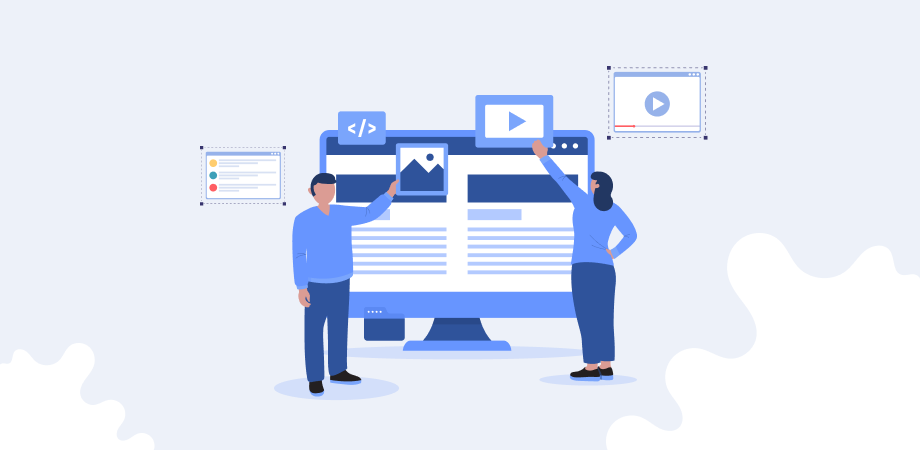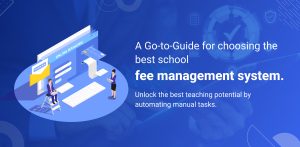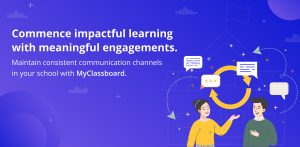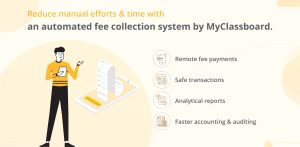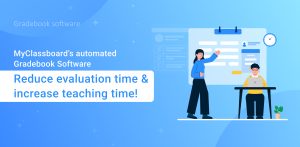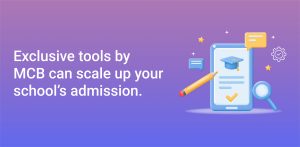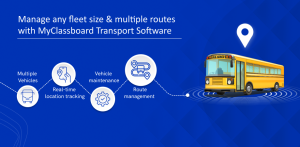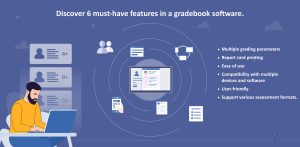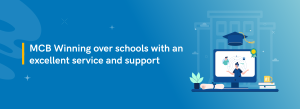Top ten reasons to consider an online content management system for improved learning
Education has undergone profound changes, and learning resources have evolved to accommodate multiple subjects, new concepts, and new skills. Education boards undertake the necessary upgrades in the curriculum and learning resources. However, those couldn’t always engage students’ intellectual needs. Teachers who are close witnesses to the intellectuals of students regularly are the appropriate personnel to bring changes required for advancing their learning.
Content management allows schools to customize learning resources specific to the requirements of students. As a result, teachers can supplement learning with engaging content that promotes a holistic understanding of a concept. In addition, millennial students are fast learners and intellectually curious, demanding advanced learning methods that can take them outside of a book.
Understanding a content management software
A content management system is a computer application that allows users to add, upgrade, & revise content from anywhere in the world. A content management platform will enable schools to easily add, customize, or supplement curriculum resources with engaging multimedia content such as videos, images, statistical data, podcasts, etc.
Educators can access and bring comprehensive content resources, even paid content, to suit the requirements of students. Additionally, digital content resources bring convenience to students to learn on the go without carrying a bulk of resources. Teachers, too, can balance their schedules to monitor and gather content that suits their students and introduces them to better concepts.
Content management helps schools to maintain and write online content asas part of their learning resources with flexibility, resourcefulness, & intuitiveness.
Ten reasons to implement content management in your school;
- Customize learning resources
Since content management applications allow users to edit, update, or change content themselves, it is an easy way for schools to manage their curriculum resources without dependency on external sources or agencies.
Furthermore, as every student has different intellectual strengths to understand and progress through their learning, a content management application will allow teachers to supplement individual students’ requirements depending on their needs.
- Convenient option than hard-copies
Printing hard copies takes multiple steps and creates a dependency on external vendors. Delay or interruption of any stage may hinder the availability of learning materials to students. It may hamper the student’s effective learning process.
Online availability of learning resources creates an uninterrupted learning environment for students.
- Cost-effective for schools
Since content management allows schools to provide online learning resources to their students, it saves them to budget on printing, shipping & delivery costs for the supply of printed books.
- Numerous content types
Online learning materials allow schools to add multiple content types, like audio, video, podcast, live streams, flashcards, presentations, etc. Multimedia content creates engagement and provides wider knowledge acquisition opportunities for the students.
- Assignments can be created for each resource
Content management platform for schools is designed to bring holistic learning to students. As we know, knowledge is better consolidated with immediate assessments and revision. Therefore, schools can plan reviews immediately after a chapter which could be attempted online to reinforce the concepts in the students.
Multiple assessment types can be created, such as quizzes, multiple-choice questions, crosswords, puzzles, essays, etc., to create engagement while revising concepts learned in the chapter.
- Support online learning
Content management applications for schools support students’ online learning to provide the necessary learning materials for classes. They can access the recommended resources immediately through online platforms to be on the curriculum completion schedule.
- Map with library resources
Content management systems can also be mapped with library resources to provide additional sources of learning material for students to access content beyond their textbook learning and apply to real-world practical challenges.
- Teachers can update content remotely
An online application to update content allows teachers to update, edit, or add content remotely. So, teachers can plan their day and manage to work according to the academic calendar as scheduled.
- Multiple modules to make the course exhaustive
Content management platforms bring schools the freedom to customize their learning resources to prepare students for more challenging subjects or suited to the academic requirements of students.
Schools can add multiple modules and activities to a subject to make it exhaustive and detailed.
- Notify content updates & highlight their importance
Automation brings the convenience of scheduling the release of contents in a planned manner so the students can access them without any delay.
Alerts can be scheduled to notify the content updates, and on screen blinking beacons can stress the importance of the content or activities for students to complete within the mentioned timeline.
Content management systems modernize schools to advance learning without being dependent on external sources. Furthermore, it improves learning outcomes as learning materials can be customized per the specific needs of an individual or group of students.
How MyClassboard content management improves learning.
MyClassboard is one of the leading school management software in India. It is a cloud-based, user-friendly, flexible, and intuitive platform that supports schools in their daily operations and to advance learning.
MyClassboard’s online content management platform allows schools to customize their learning resources easily. In addition, the platform enables the integration of multiple content types to supplement students’ knowledge.
Teachers can manage and update content remotely and schedule assignments at the end of each lesson. In addition, students can access diverse resources that take their learning beyond their textbooks and allows them to include quality worldwide resources in their education.
Contents not available openly, such as journal articles, can be brought to students through their schools with institutional access to such content. In addition, comprehensive content resources are helpful for students to complete and plan their projects to expand their practical knowledge.
Conclusion
Content management is a robust platform that benefits schools by improving their learning outcomes with better flexibility with learning resources. In addition, modern learning requires technological advancements to keep up with the demands of education. Therefore, content management is valuable for schools to align their curriculum with the demanding study requirements.

